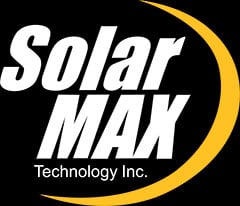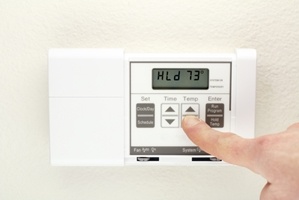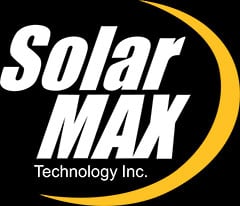[cleveryoutube video="Y5YXmB-7XPA" vidstyle="1" pic="" afterpic="" width="" quality="inherit" starttime="" endtime="" caption="" showexpander="off" alignment="left" newser="" margin="true"]
Home Energy Saving Products You Can Use
Just two years ago, the United States came in first place wasting the most energy in a study of the energy resourcefulness of developed countries across the world. With an energy efficiency percentage of just 42 percent, The Energy Collective's Sarah Battaglia wrote that the U.S. surpassed other countries in terms of transportation, commercial and even residential energy waste.
Since this time, the U.S. has drastically improved its energy efficiency, even reaching a historic climate change consensus with other global leaders at the United Nations Climate Change Conference held in Paris at the end of 2015, USA Today's Richard Wolf explained. States across the country are similarly committing to improving their energy efficiency through investing in renewable energy sources.
In addition to green energy sources, there are plenty of home energy saving products homeowners use to drastically improve the efficiency of their home and lower their monthly utility bills. For both indoor and outdoor use, there are many Energy Star appliances and products to help people commit to reducing their carbon footprint.
Energy Saving Devices That Help You Save Money
One of the main sources of energy waste within the home is heating and cooling systems. Outdated systems spike utility bills, while misguided homeowners use inefficient temperature settings on their thermostats. Installing programmable thermostats has shown to save homeowners anywhere from 8 to 15 percent on their monthly electric bill, Jennifer Tuohy at Mother Earth News wrote.
Programmable thermostats have smart settings that allow homeowners to schedule specific times of the day when the system will turn off, thus saving valuable energy when they are away or occupied. Setting thermostats to 68 degrees in the winter and 78 degrees in the summer will keep a house comfortable while not wasting electricity.
"LEDs use 80 to 90 percent less energy."
LED light bulbs and dimmer switches are two excellent ways to save money as well. In comparison to traditional incandescent light bulbs, LEDs use 80 to 90 percent less energy and typically last up to 50,000 hours, which translates into major time and money savings. When dimmer switches are used in conjunction with energy saving light bulbs, the savings can be astronomical.
Additionally, Energy Star appliances are the only products that far exceed energy efficiency baselines set by the government. Homeowners who invest in energy saving dishwashers, ovens and refrigerators see instant savings on their bills each month.
"If you remember only one rule when you shop, remember to look for the Energy Star label," the Natural Resources Defense Council explained on its website. "In some parts of the country, utilities and state governments even sweeten the deal by offering rebates on Energy Star-rated models."
Energy Conservation Devices for Outdoors
For the outdoors, solar-powered lighting is a practical way for homeowners to light their property, while saving money. Powered by the sun, these outdoor solar lights require less maintenance and no wiring, making them the best choice for energy efficient homeowners.
Homeowners who require utility or security lights for their property should invest in motion sensor lighting. Using a photosensor and motion sensor, these lights only turn on as needed, providing extra home security and energy savings.
Those who are interested in the cost of solar panel installation for their home should contact SolarMax Technology today. Through scheduling a free consultation, homeowners can learn all the ways a solar system can improve their energy efficiency and solar rebates that make investing in solar energy affordable.





